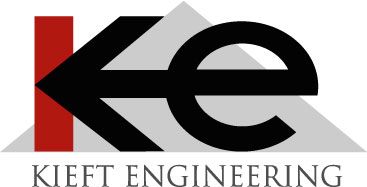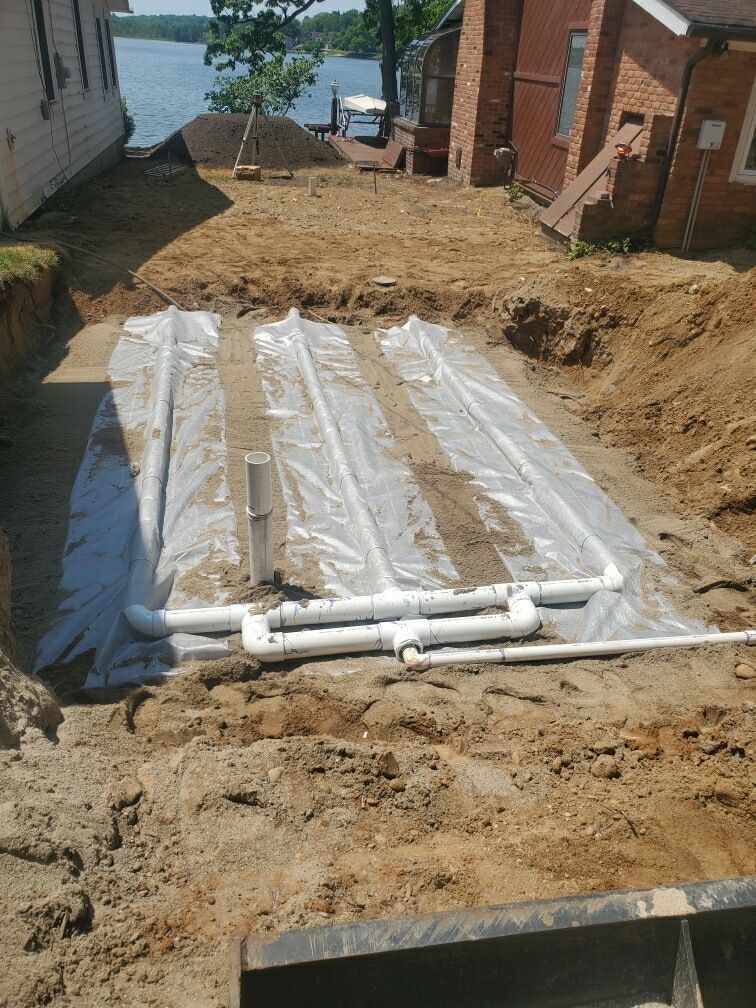Engineered Septic Services in Clarkston, MI
Kieft Engineering in Clarkston, Michigan, has been designing on-site wastewater treatment systems for over 40 years. These systems, also known as engineered septic systems, can range from the simple to the complex.
They can be designed for a small single-family residence, an entire single-family subdivision, or an extensive commercial development. Kieft Engineering has worked with many local health departments, municipalities, and state regulatory agencies to secure permits to construct on-site wastewater treatment systems, from small single-family systems to large community systems and commercial developments.
Kieft Engineering has been and continues to be at the forefront of utilizing some of the latest technology in engineered septic systems throughout its designs. On-site wastewater systems (OWS), commonly known as septic systems, are used in areas not served by sanitary sewers.
These systems typically comprise a septic tank, used as the central collecting point, allowing for the settling of solids and primary treatment of the effluent, and the disposal field used to dispose of the effluent by even distribution to the ground.
This is one of the most straightforward systems and primarily occurs in areas with no known groundwater problems and areas of highly permeable soils, better known as areas that "perk" (i.e., sand and gravel).
On-site wastewater treatment systems (OWTS) generally fall into two major categories: repairs and new builds. Within these two major categories are subcategories, many of which can apply to a repair or new construction. The following list the most typical reasons for requiring on-site wastewater.
Density Concerns
Some communities have requirements for a certain property's allowable density. These densities were often developed when only the typical OWS was available. With the advent of OWTS, the effluent can be applied at more significant rates, generally due to the pretreatment provided by some of the more advanced treatment systems, thus allowing a greater density of a given property.
Lot Size Constraints
There can be instances where only a portion of an overall development will perk. In these cases, it may necessitate that the lots be clustered in this area.
This may require a reduced lot size, thus making the typical septic system a tight fit. This is another one of the scenarios that may require the use of OWTS to overcome the lot size.
Once again, the treatment provided by OWTS will allow the effluent to be applied at a greater rate per square foot per day, thus reducing the disposal field size and fitting on the clustered lots.
Environmental Sensitivity
Many of the sites that remain for development, whether for an entire subdivision, a single-family lot, or a commercial plaza, have unique or adverse conditions that have caused them to be vacant until now.
These can be severe topographical constraints, large stands of trees, wetlands, or other environmental concerns. These sites can be developed, but the usual standard development practice may require large amounts of earthmoving, tree clearing, and filling.
This can not only be contrary to local ordinances but may also ruin the character of the land and make the development less successful. Once again, a properly designed engineered septic system or OWTS can be utilized to overcome these conditions and allow the project to proceed.
Poor Soils – High Ground Water
There are many parcels where advanced treatment technology may not be required. This may be on a parcel with adequate area for a septic system, but it must overcome poor soil conditions or high groundwater.
An engineered septic system, such as a raised bed mound, may be utilized. These systems are designed to provide adequate effluent disposal while still providing the required environmental protection.
Septic System Repairs
There are many instances where a building, whether residential or commercial, was constructed when the guidelines for OWS were less environmentally sensitive than they are today.
When a system fails on what would now be considered a parcel of inadequate size, on-site wastewater treatment systems may be used.
In many instances, this allows the building to be occupied as before the failure. In some cases in the past, a building on an inadequate parcel would only be allowed to exist if the failed septic systems were repaired and the use of the building would be reduced, whether by fewer bedrooms or fewer lease spaces.
On-site wastewater treatment systems benefit from pretreatment of the effluent from "black boxes" or alternative treatment systems (ATS). These systems pre-treat or clean the effluent before discharge to a final disposal field.
There are many different varieties of alternative treatment systems. Each system is looked at to determine which ATS best suits the project, considering site-specific details and costs. Some of the systems that Kieft Engineering can utilize in their designs are:
- Advantex AX-20 & RT (typically used for single-family or small multifamily systems)
- Advantex AX-100 (typically used in commercial or larger multifamily systems)
- FAST Systems (typically used in high-strength commercial systems)
- Norweco Systems (typically used in small-scale and large-scale systems)
- Scat BioFilter (typically used for single-family or small multifamily systems)
In conjunction with the ATS, as mentioned earlier, Kieft Engineering utilizes many other appurtenances in its on-site wastewater treatment systems' designs to enhance the effluent treatment and overcome site-specific conditions. These include pumps, effluent filters, timers, valves, distribution boxes, drop boxes, and chamber systems.
Kieft Engineering can work with the client no matter what their situation. The possibilities shown above are only a sample of engineered septic system applications.
Kieft Engineering can consult with the client before any perk tests are done on the subject property to discuss possible sighting locations based on the client's desire for a building site, past soil investigations, or other concerns.
This can be invaluable to avoid having to perk a parcel a second or third time, which will only delay the project and cost the client more time, money, and energy.
Call us today at 248-625-5251 to schedule an engineering consultation and get started on your new septic system.






